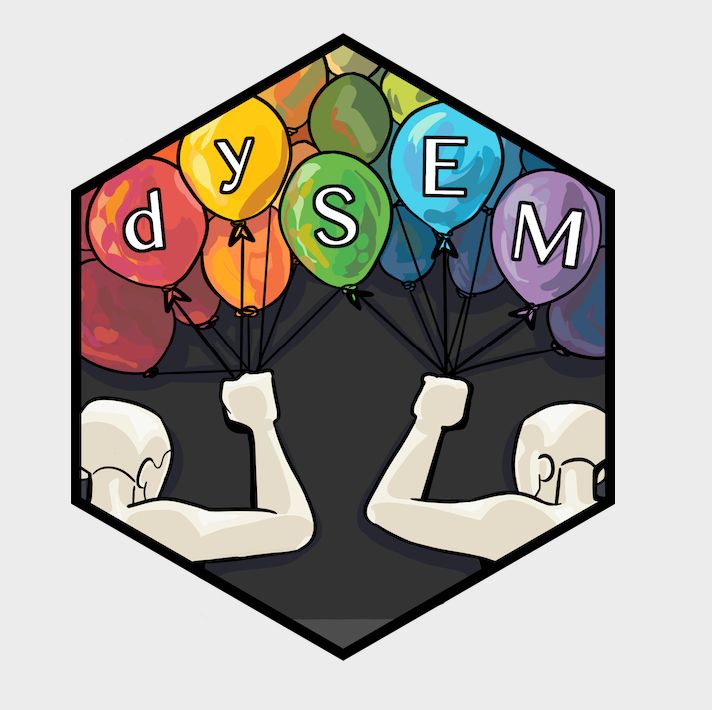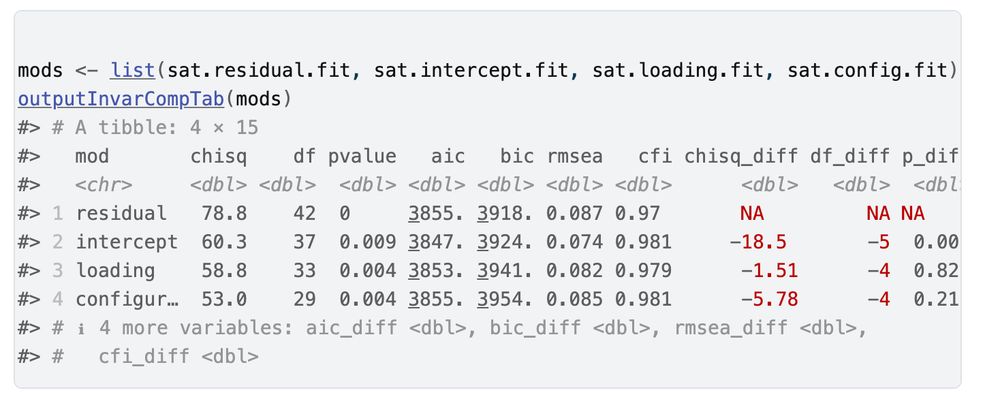Work: #rstats, #psychometrics, #dyadic data, #MetaAnalysis, #closerelationships, Sexuality
Fun: All things cured, fermented, roasted, seared, smoked, shaken, stirred, and swizzled.



adultattachment.faculty.ucdavis.edu/wp-content/u...

adultattachment.faculty.ucdavis.edu/wp-content/u...


When I was a student, your best best was to use @krispreacher.bsky.social' app: www.quantpsy.org/interact/mlr...
You'd tinker with SPSS/SAS options to spit out values for it, and smash "submit".

When I was a student, your best best was to use @krispreacher.bsky.social' app: www.quantpsy.org/interact/mlr...
You'd tinker with SPSS/SAS options to spit out values for it, and smash "submit".









Very excited (w/ @omarjcamanto.bsky.social) to share our preprint tutorial for using our R 📦 dySEM for #dyadic data analysis with latent variables, in cross-sectional data sets.
This paper has been literal years in the making, and provides three distinct tutorials.
osf.io/preprints/ps...

Very excited (w/ @omarjcamanto.bsky.social) to share our preprint tutorial for using our R 📦 dySEM for #dyadic data analysis with latent variables, in cross-sectional data sets.
This paper has been literal years in the making, and provides three distinct tutorials.
osf.io/preprints/ps...







Huge credit goes to @omarjcamanto.bsky.social ; Omar has led a large overhaul of the “outputters” based on feedback from our workshop at #IARR2024

Huge credit goes to @omarjcamanto.bsky.social ; Omar has led a large overhaul of the “outputters” based on feedback from our workshop at #IARR2024

Forever the "right kind of sinner", and the "invincible winner" of peer-review: www.youtube.com/watch?v=paV1...

Forever the "right kind of sinner", and the "invincible winner" of peer-review: www.youtube.com/watch?v=paV1...


Do not try and find the simOneFactor function; that's impossible. Instead, only try to realize the truth… there is no simOneFactor function. Then you'll see that it is not the one factor solution that is simulated, it is only yourself.

Do not try and find the simOneFactor function; that's impossible. Instead, only try to realize the truth… there is no simOneFactor function. Then you'll see that it is not the one factor solution that is simulated, it is only yourself.


